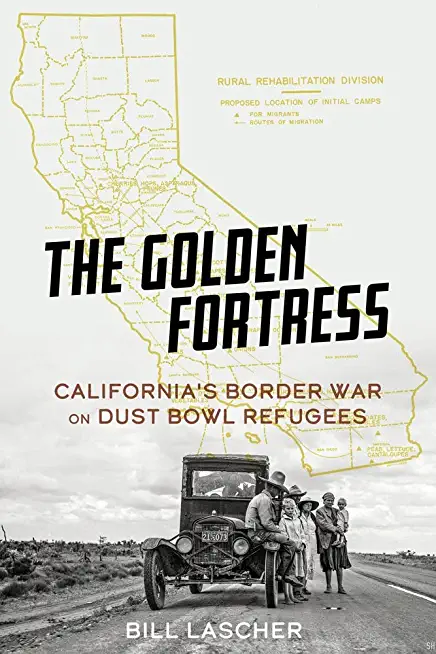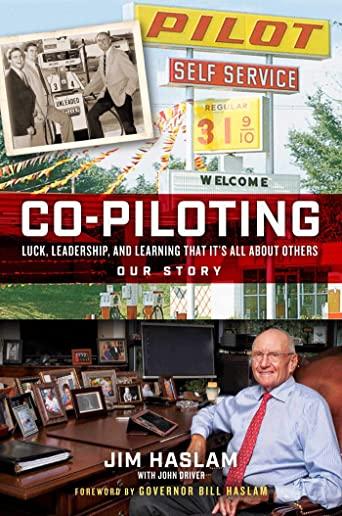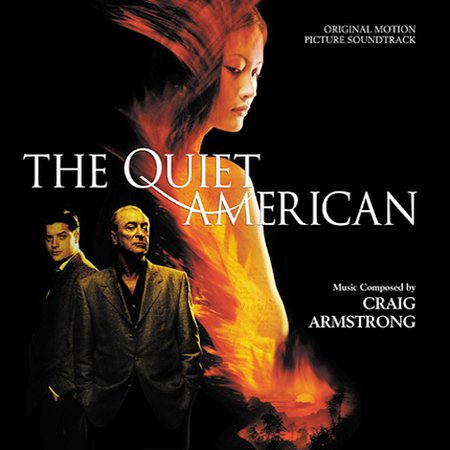
Lascher, Bill
In February 1936, Los Angeles police officers drove hundreds of miles to California's state borders with one mission: turn back anyone deemed too poor to enter.
Myths of the Golden State's abundance enticed thousands of Americans uprooted by the Depression, but those who created those myths saw only invading criminal "hordes" that they believed just one man could stop: James "Two-Gun" Davis, Los Angeles's authoritarian police chief.
The Golden Fortress tells the story of Davis's audacious deployment of hand-picked armed police slamming California's door on America's Dust Bowl refugees and Depression-displaced migrants. It depicts the sometimes deadly consequences of law enforcement politicized and weaponized against the poor, even in remote places like Modoc County, where a sheriff's opposition to the blockade inflamed an already smoldering feud between an itinerant newsman and a publisher obsessed with her California heritage.
Davis, blessed by his city's ruling business class and fueled by his own wild claims of communist conspiracies undermining America, deployed his "Foreign Legion" to California's state lines, threatening democracy even as the nation's cities and rural communities juggled the burdens of economic recovery, migrant aid, and public safety.
The Golden Fortress underscores the decades-long fight over who can access the American Dream.







